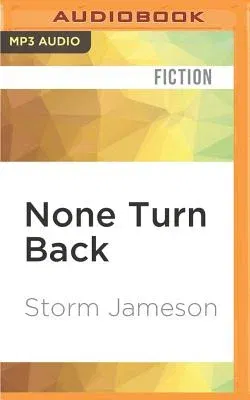'There is the everlasting possibility of disobedience, civil disorder,
destruction, yes, yes--but the mere whisper or cloud no larger than a
man's hand of revolution in this country is madness'
It is 6th May 1926, the third day of the General Strike. This is the
story of that harrowing week seen through the eyes of the women and men
of London as they move through that unreal city. We meet those who gave
their all for the strike--and a vision of a better world. We meet, too,
those who fought to break it with every weapon they had: power,
politics, money--or brute force. There are masters and workmen, fascists
and communists, politicians and trade unionists, wives and mistresses,
artists, writers and scientists, all caught up in the web of each
other's lives. But above all we follow the thread of Hervey Russell's
life as she is swept up by the political ferment around her, by the
difficulties of a new marriage, and by her hopes and fears for the
future...
Storm Jameson (1891- 1986) born to a North Yorkshire family of
shipbuilders. Jameson's fiery mother, who bore three girls, encouraged
Storm (christened Margaret Storm) to pursue an academic education. After
being taught privately and at Scarborough municipal school she won one
of three county scholarships which enabled her to read English
Literature at Leeds University. She then went on to complete an MA in
European Drama at King's College London. During her career Jameson wrote
forty-five novels, numerous pamphlets, essays, and reviews, in an effort
to make money. Her personal life suffered, and her first marriage to
schoolmaster Charles Douglas Clarke was an unhappy one. After they
divorced in 1925, Jameson went on to marry Guy Chapman, a fellow author,
and remained with him despite her apparent rejection of normal domestic
life. Storm Jameson was always politically active, helping to publish a
Marxist journal in the British section of the International Union of
Revolutionary Writers in 1934 and attending anti-fascist rallies.

